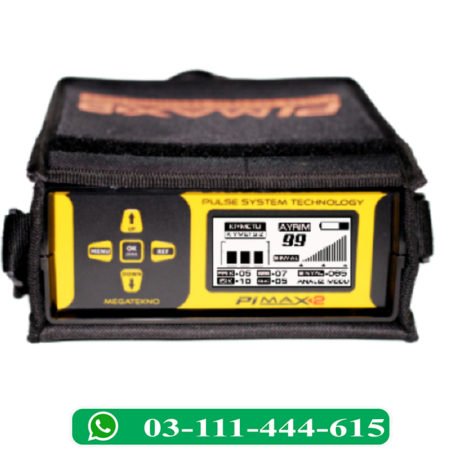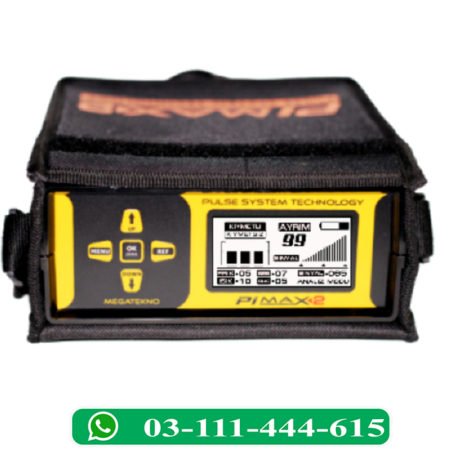Metal Detector:
A metal detector introduced as an electronic device which indicates the presence of nearby Metal.
Metal detectors are useful for Detecting metal inclusions hidden within objects, or metal objects buried underground.
Further Improvements:
Most noteworthy the Highly Updated models are computer-based, and they used integrated technology to allow the customer to set sensitivity Facility.
The discrimination mode, track speed, notch filters, etc., and save these parameters in memory for future use.
Above all Compared to just a decade ago, detectors are lighter, deeper-seeking, use less battery power, and discriminate better.
Discriminators:
The most significant technical change in detectors was the development of the induction-balance system. This system involved two electrically balanced coils.
When metal introduced to their Proximity, they would become unstable.
What Detectors allowed to differentiate between metals was the fact that every metal has a different stage response when discovered to the intersperse Current.
Scientists had long known of this phenomena; in time, detectors developed that could selectively detect desirable metals while ignoring undesirable ones.
Renovation in Coil Designs:
Coil designers also tried out innovative designs.
The original induction balance coil system involved two identical coils placed on top of one another. Compass Electronics produced a new plan: two loops in a D shape mounted back-to-back to form a circle.
Pulse Technology:
At the same time, developers were searching for a unique technique in metal detection Field that is known as pulse induction.
Above all the pulse induction (PI) magnetized the ground with a relatively powerful, current through a search coil. As like the beat frequency oscillator and induction machines that both used alternating current at the low-frequency level.
In the Vacancy of metal, the field decomposed at a Consistency rate, and the time it draws to fall to zero volts could be accurately measured.
When the machine fired and if the Metal were current, a small current would induce in the metal, and the time for present discerning decay would be increase.
PI Technology working:
An unusual form of metal detector is base on pulse induction(PI) technology.
Unlike VLF, Pulse induction products may use a single coil as both transmitter and receiver, or they may have two or even three reels working together.
This Technology sends powerful, short bursts of current through a coil of wire.
Each pulse creates a particular Magnetic field.
When the pulse ends, the magnetic field different polarity and collapses very suddenly, resulting in a sharp electrical spike. This impale lasts a few microseconds (millionths of a second) and created another current to rush over the coil.
This current is called the repeated pulse and is extremely short, lasting only about 30 microseconds.
Another pulse sent, and the process repeats.
A typical PI-based Technology Continuing metal detector sends about 100 pulses per second, but the number can differ significantly based on the manufacturer and model, ranging from a couple of dozen pulses per second to over a thousand.
A Sampling circuit in the PI detector is applied to examine the length of the reflected pulse. By comparing it to the expected duration, the course can regulate if something magnetic field has created the reflected pulse to take longer to decay.
Most noteworthy If the decay of the reflected pulse takes more than a few microseconds more extended than usual, there is probably a metal object interfering with it.
PI-based Technology detectors are not very good at discrimination because the reflected pulse length of various metals is not easily separated.




 03111444615
03111444615
Leave a Reply
Want to join the discussion?Feel free to contribute!